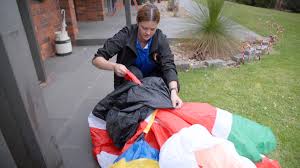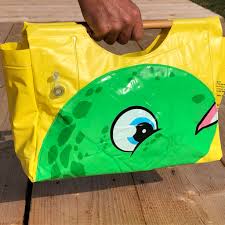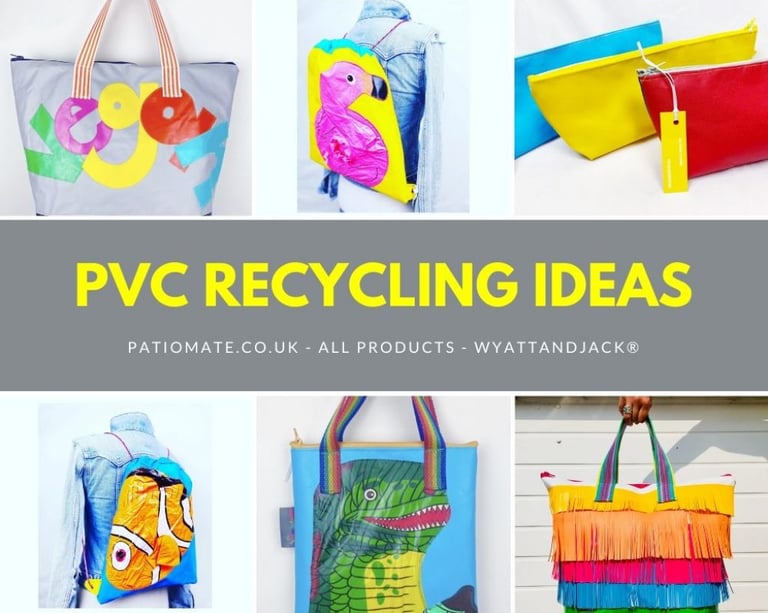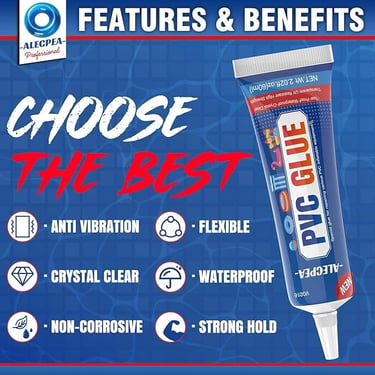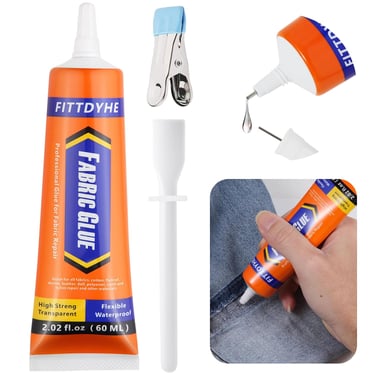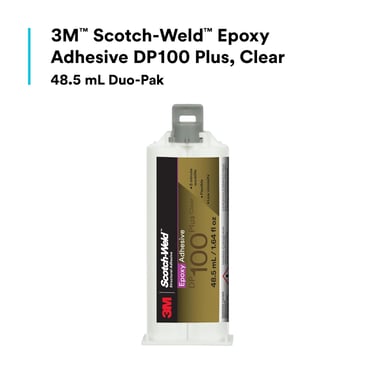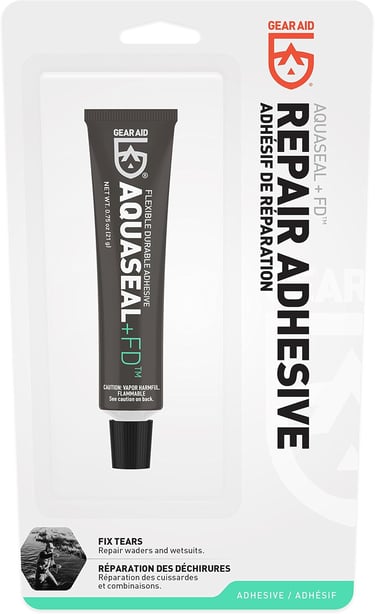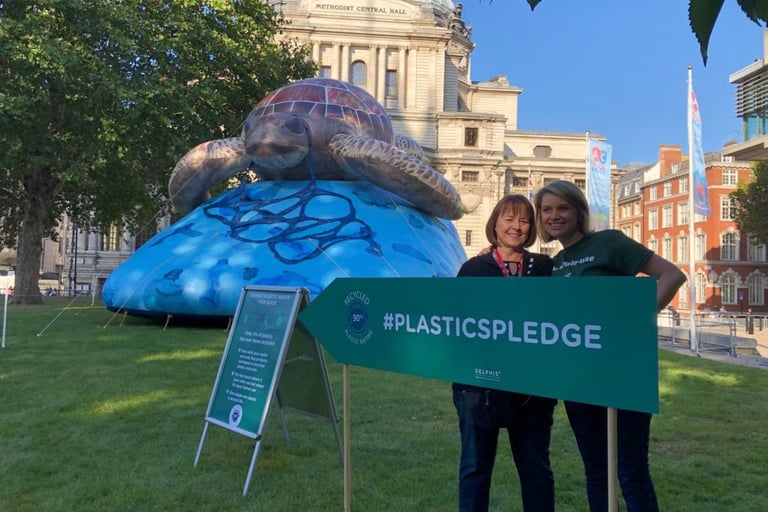Innovative Repair and Upcycling Methods for Inflatables
Learn how to repair inflatables using the newest methods. Find creative upcycling ideas to make them last. Fix damages and give old inflatables new life!
Frank Adminei
4/10/202513 min read
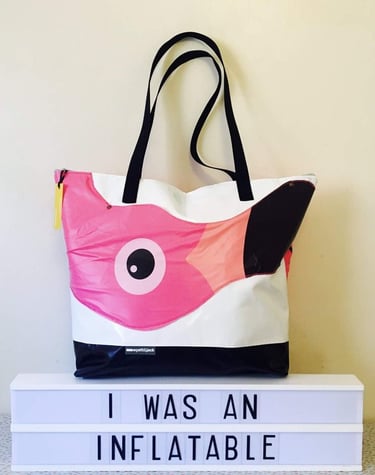

Introduction:
Tired of tossing busted blow-ups? Damaged inflatables don't have to mean trash. It's easy to fix punctures and tears; upcycling is fun too! We'll show you easy ways to repair inflatables, plus cool ideas to remake them. Get ready to give your deflated decorations new life.
Common Inflatable Damages and How to Fix Them
Inflatable decorations are a fun and easy way to add excitement to your yard, but like all outdoor items, they can get damaged over time. Whether it's a small puncture or a seam split, knowing how to fix them can save you time and money. Here's your complete guide to handling common inflatable damages and keeping your display in top condition!
Types of Common Inflatable Damages
Tears and Punctures
Cause: Sharp objects, pets, or extreme weather conditions.
Impact: The inflatable may deflate, or air can escape through the hole.
Deflation Issues
Cause: A faulty blower, seal leaks, or valve problems.
Impact: The inflatable may deflate partially or completely, causing it to fall over or lose its shape.
Seam Splits
Cause: Overinflation, wear and tear, or stress on the material.
Impact: Air leaks at the seams, causing the inflatable to deflate unevenly.
Valve Issues
Cause: Overuse, improper handling, or exposure to extreme temperatures.
Impact: A faulty valve can lead to air leakage or difficulties in inflating the decoration.
Basic Tools and Materials Needed for Repairs
Patches: Use fabric patches or repair kits that match the material of the inflatable.
Adhesive: A strong, waterproof adhesive or vinyl glue to bond the patch to the inflatable.
Heat Sealers: For more permanent fixes on larger holes or splits.
Fabric Glue: Ideal for minor tears or seams that need extra bonding strength.
Sandpaper: For prepping rough areas to ensure a smooth patch application.
Scissors: To cut patches to the right size.
Step-by-Step Guide to Patching and Sealing Inflatables
1. Identify the Damage
Check the area thoroughly for any visible tears, punctures, or seam splits.
Deflation issues often come from the blowers or valves, so ensure these are in working order before applying a patch.
2. Prepare the Damaged Area
Deflate the inflatable completely and clean the damaged area with a damp cloth.
Rough up the surface around the damage using sandpaper to help the adhesive bond better.
Dry the area completely before proceeding with the repair.
3. Cut and Apply the Patch
Cut the patch to a size slightly larger than the damage (at least 1 inch around the hole or tear).
Apply a thin layer of adhesive to the damaged area and the patch.
Press the patch firmly over the damage, smoothing out any air bubbles.
Allow the adhesive to set according to the manufacturer's instructions (typically 1-2 hours).
4. Seal the Patch
Use a heat sealer (for larger holes or seam splits) to ensure the patch is fully secure.
For small punctures or minor tears, fabric glue or vinyl adhesive is enough for a tight seal.
Pinpointing Common Damage Types
1. Punctures
Cause: Small sharp objects like rocks, thorns, or pet claws.
Fix: Clean the area, apply a vinyl adhesive, and cover with a fabric patch.
2. Seam Splits
Cause: Overinflation or stress on the inflatable.
Fix: Apply fabric glue along the seam and press it firmly together, or use a heat sealer to fuse the material.
3. Valve Issues
Cause: Air leaks from the valve can prevent proper inflation.
Fix: Ensure the valve is securely fastened. If it’s cracked or damaged, you may need to replace the valve or seal the crack with a strong adhesive.
Tips for Prepping the Damaged Area
Clean thoroughly: Dirt or debris can affect how well the adhesive bonds, so be sure to wipe down the area.
Dry the area: Make sure the inflatable is completely dry before applying the patch to avoid trapping moisture under the patch.
How to Apply Patches for Maximum Durability
Use a large enough patch: It’s important to cover not just the damage but also some of the surrounding area to ensure a secure bond.
Press down firmly: After applying the patch, use a heavy object to press down for a few minutes, ensuring that the edges adhere well.
Allow extra drying time: While many adhesives dry quickly, giving it extra time to set ensures the patch will hold longer.
Repairing Air Valve or Seam Issues for Airtight Fixes
For valves: Ensure the valve is tightly sealed. If damaged, replace it with a new valve.
For seams: Apply a generous layer of fabric glue or use a heat sealer to bond the split seam together tightly.
Creative Upcycling Ideas for Old Inflatables
Old inflatables may no longer serve their original purpose, but they can be transformed into unique and creative items that add personality to your yard, home, or even become functional pieces! Instead of tossing them out, consider repurposing damaged or deflated inflatables into something new and exciting. Here are some fun upcycling ideas to breathe new life into your inflatable decorations.
How to Repurpose Old Inflatables for New Uses
Inflatables that have seen better days can still serve a purpose! By cutting, stitching, and reimagining their use, you can create unique decorations or functional items. Here are some ideas:
1. Transforming Inflatable Christmas Trees into Garden Art or Planters
Idea: Cut and reshape your inflatable Christmas tree into a decorative garden sculpture or use the inner fabric as a planter cover.
How-to: Remove the fan and fill the hollow tree with soil to hold flowers or herbs. Add outdoor paint to give it a fresh, artistic look for your garden.
Tip: Use waterproof paint or fabric sealer for long-lasting outdoor durability.
2. Turning Deflated Pumpkins into Quirky Yard Decorations or Cushion Covers
Idea: Take your deflated Halloween pumpkins and repurpose them into quirky yard decor or cozy cushions.
How-to: Stuff the pumpkin fabric with soft materials to create an outdoor pillow. For yard decor, cut the pumpkins into new shapes or sew them together to form a colorful garden display.
Tip: Add some outdoor fabric paint for more vibrant designs!
3. Using Parts of Old Inflatables to Create New Outdoor Furniture (Seats or Footrests)
Idea: Old inflatable tubes or bodies can be repurposed into outdoor furniture like seats or footrests.
How-to: Cut sections of the inflatable and re-sew or staple them into a functional shape. Use additional cushions or foam for comfort and sturdiness.
Tip: For extra durability, use strong adhesive or stitch the fabric securely.
Upcycling Ideas for Different Seasons and Holidays
Inflatable decorations can often have limited use, but when repurposed, they can add fun and charm to your decor year-round. Here’s how to repurpose inflatables for various seasons and holidays:
1. Repurposing Holiday Inflatables for Year-Round Decor
Christmas Inflatables: Transform holiday inflatables into general winter or festive decor. A deflated snowman can become an adorable holiday garden art piece for the winter season.
Halloween Inflatables: Broken ghosts or skeletons can be reimagined as quirky garden ornaments, while deflated pumpkins can become candle holders or planters.
Easter Inflatables: Reuse bunny inflatables to create cute outdoor seating or woven fabric to craft into seasonal wreaths.
2. Upcycling for Summer Fun
Beach Ball Inflatables: Deflated beach ball inflatables can be used as colorful throw pillows or as the basis for creating fun yard games like ring toss or garden games.
Repurpose Inflatable Pools: Use the fabric to make DIY outdoor mats, picnic blankets, or create fun water fountains for the garden.
DIY Projects Using Inflatable Fabric for Crafting or Art Installations
If you're into arts and crafts, the durable, colorful inflatable fabric can be a fantastic medium for DIY projects! Here are some ideas:
1. Create Sculptures or Windbreaks for the Garden
Idea: Use parts of old inflatables to make sculptures or windbreaks for the garden.
How-to: Cut pieces of fabric into different shapes and use them to make abstract sculptures or even a wall of fabric to block wind.
Tip: Stuff the fabric with lightweight material like foam to add structure and height.
2. Craft Your Own Art Installations
Idea: Inflatable fabric can be molded into various shapes and sizes to create hanging art pieces or sculptures for your home or garden.
How-to: Sew different pieces of inflatable fabric together to create large art installations like soft sculptures, wall hangings, or even mobile-style creations for your patio or living room.
Tip: Play with paint or tie-dye for added customization!
Innovative Tools and Techniques for Advanced Inflatable Repair
Inflatable decorations are meant to withstand the elements, but over time, they can suffer from damage like tears, punctures, or deflation issues. If you're looking to extend the life of your inflatables with more advanced techniques, new tools and methods can help you make repairs that are both durable and efficient. Here’s a guide to some of the best tools and techniques for advanced inflatable repairs.
New Technologies and Tools that Make Inflatable Repairs Easier
Repairing inflatables has come a long way, thanks to modern technology and specialized tools. These innovations can help you perform quicker, more precise repairs, even on larger or more complex damage.
1. Heat Sealers and Fabric Welders for Industrial-Grade Repairs
Heat Sealers: These tools use heat to bond two pieces of material together, making them ideal for repairing larger seams or holes. They are especially effective on vinyl or PVC materials and create a strong, airtight seal.
Fabric Welders: Similar to heat sealers, fabric welders are specifically designed for creating waterproof, airtight bonds between different types of fabric. These devices apply high heat to both the fabric and the adhesive to fuse them together.
Pro Tip: Always test the temperature settings on a small, inconspicuous area of the inflatable before proceeding with the full repair to ensure you don’t damage the fabric.
2. Advanced Vinyl and PVC Welding
Vinyl Welding: For larger and more complex inflatable materials, vinyl welding is an industrial-grade method used to fuse vinyl surfaces together without using adhesives.
PVC Welding: Similarly, PVC welding is used for inflatables made of PVC fabric. This method provides a long-lasting repair, especially for inflatables exposed to heavy winds or outdoor elements.
Tip: If you’re tackling a large tear or seam issue, vinyl welding is a great option for creating a permanent bond and preventing future leaks.
Advanced Patching Methods for Large Tears or Severe Damage
When it comes to fixing significant damage to your inflatable, you need to go beyond basic patch kits. Advanced patching techniques ensure that the fix is both durable and airtight, even for larger tears or highly stressed areas.
1. Patching Large Tears with Multiple Layers
How It Works: For large tears, it's essential to use multiple layers of patch material to ensure a strong and secure repair. Apply a first layer over the tear, followed by a second layer over the initial patch for extra reinforcement.
Materials Needed: Use heavy-duty PVC or vinyl patches, adhesive designed for inflatables, and a heat sealer or fabric welder for the final seal.
Tip: Always trim the patch edges into a rounded shape rather than a square to avoid creating stress points that could lead to future tearing.
2. Reinforcing Patches for Extra Durability
How It Works: After applying a patch, reinforce the edges with additional layers of fabric or adhesive to prevent future leaks or damage.
Materials Needed: Reinforcing patches made from the same material as the inflatable, such as vinyl or PVC.
Tip: Make sure to clean the area around the damage thoroughly before applying any adhesive, as dirt or debris can prevent a secure bond.
The Pros and Cons of Different Repair Adhesives for Various Materials
Choosing the right adhesive for your inflatable is critical to achieving a long-lasting repair. Not all adhesives are created equal, and some are better suited for specific materials.
1. PVC and Vinyl Adhesives
Pros: These adhesives are designed for high-durability repairs on vinyl or PVC inflatables, creating a strong, waterproof bond.
Cons: Some adhesives may take longer to cure, requiring you to leave the repair undisturbed for a longer period of time.
Tip: Make sure the adhesive is compatible with the material of your inflatable, as using the wrong type could result in a weak bond or discoloration.
2. Fabric Glue for Soft Materials
Pros: Fabric glue is ideal for inflatables made from softer, fabric-like materials, as it can bond the fabric without damaging the fibers.
Cons: It may not be as durable for large or high-stress areas as PVC or vinyl adhesives.
Tip: Fabric glue is best used for smaller punctures or tears in less critical areas of the inflatable.
3. Universal Adhesives
Pros: These adhesives are versatile and can bond a variety of materials, making them useful for both vinyl and fabric inflatables.
Cons: They may not provide the same level of strength or durability as material-specific adhesives.
Tip: Use universal adhesives for smaller, less demanding repairs or when you need a quick fix.
Tips for Reinforcing Patches to Prevent Future Leaks or Tears
Even after you’ve applied your patches, it’s essential to take extra steps to ensure that your inflatable will hold up for the long term.
1. Clean the Area Thoroughly Before Repairing
Ensure that the area around the damage is free from dirt, grease, and moisture. Any contaminants can weaken the adhesive or cause the patch to peel off over time.
2. Use a Strong Adhesive
Choose an adhesive specifically designed for inflatables. These adhesives form a better bond and are more resistant to weather, temperature fluctuations, and pressure.
3. Apply Heat or Pressure After Patching
If possible, use a heat sealer or apply pressure to the patched area to ensure that the patch bonds properly to the fabric. This extra step can improve the durability of the repair.
Sustainability and Eco-Friendly Approaches to Inflatable Repair
In a world increasingly focused on sustainability, inflatable repair and upcycling present an excellent opportunity to reduce waste, conserve resources, and contribute to a more eco-friendly approach to outdoor decoration. Instead of discarding damaged inflatables or constantly buying new ones, there are plenty of eco-conscious ways to repair, repurpose, and upcycle inflatables to extend their lifespan. Here’s how you can make your inflatable repairs and repurposing efforts more sustainable.
Why Sustainability Matters in Inflatable Repairs and Upcycling
With the growing awareness of environmental issues, it’s essential to rethink how we handle everyday items, including inflatables. Many of the materials used in inflatables—such as PVC and vinyl—are not biodegradable and can contribute to landfill waste if discarded prematurely. By choosing to repair or repurpose your inflatables, you're helping reduce waste, lower your carbon footprint, and extend the lifespan of these decorations, which ultimately saves both money and resources.
Benefits of Sustainability:
Reduces the need for manufacturing new inflatables, lowering energy consumption.
Prevents harmful plastics from ending up in landfills or oceans.
Promotes conscious consumerism by extending the lifecycle of products.
Using Eco-Friendly Materials for Repairs and Repurposing
Choosing sustainable repair materials is a key factor in making your inflatable maintenance more eco-conscious. Fortunately, there are eco-friendly adhesives and patching materials available that are designed to provide the same durable fixes without harming the environment.
1. Eco-Friendly Adhesives
Many traditional adhesives contain harmful chemicals, such as volatile organic compounds (VOCs), which can contribute to air pollution. Opt for eco-friendly adhesives made with plant-based ingredients or those specifically labeled as non-toxic and VOC-free.
Examples:
Eco-Bond: A non-toxic adhesive that is perfect for both PVC and vinyl repairs.
3M Scotch-Weld Epoxy Adhesive: An industrial-strength adhesive that is low in volatile organic compounds (VOCs) and can be used for inflatables.
2. Sustainable Patch Materials
Consider using recycled PVC or biodegradable vinyl options for patching larger tears or holes. These materials are less harmful to the environment than their conventional counterparts and help reduce overall plastic consumption.
How Upcycling Inflatables Contributes to Reducing Waste
Upcycling is the process of taking old or discarded items and transforming them into something useful or creative. When it comes to inflatables, this can mean repurposing deflated or damaged decorations into new creations, such as art pieces, furniture, or even community projects.
Benefits of Upcycling:
Waste Reduction: Old inflatables that may otherwise be discarded can be given new life.
Resource Efficiency: Repurposing old materials conserves the energy and raw materials needed to create new products.
Creativity and Community Engagement: Upcycled inflatables can be used in public art installations, charity events, or even sold to raise funds for environmental causes.
Examples of Upcycling Ideas:
Repurpose deflated pumpkins or Christmas trees into DIY garden decorations or planters.
Use old inflatable fabric to create upcycled art pieces or sculptures.
Transform inflatable parts into functional outdoor furniture like cushions or footrests.
The Environmental Benefits of Repairing and Upcycling Inflatables Instead of Buying New
Purchasing new inflatables each season can lead to unnecessary resource consumption and waste. Repairing or upcycling existing inflatables provides several environmental benefits that contribute to a more sustainable lifestyle.
Reduced Production Demand: Every inflatable that’s repaired or upcycled reduces the demand for new products to be manufactured, conserving raw materials and energy.
Extended Product Lifespan: By fixing what we already own, we prevent items from being thrown away prematurely, which helps reduce the volume of waste sent to landfills.
Lower Carbon Footprint: The energy used to produce new inflatables, transport them, and dispose of old ones contributes to greenhouse gas emissions. Repairing or reusing items instead of buying new helps lower these emissions.
Eco-Friendly Adhesives and Repair Kits for Sustainable Fixes
In addition to using eco-friendly adhesives, several brands now offer repair kits designed with sustainability in mind. These kits often include biodegradable patches, non-toxic glues, and instructions for making your inflatable repairs both efficient and eco-friendly.
Eco-Friendly Repair Kits:
GreenSeal Inflatable Repair Kit: This kit features biodegradable PVC patches and eco-friendly adhesives, making it a perfect choice for those who want to repair their inflatables in an environmentally conscious way.
AquaSeal Inflatable Repair Kit: Known for its durable and water-resistant properties, this kit includes eco-friendly adhesives and reusable patches made from recycled materials.
Reusing Old Inflatables for Community Art Projects or Charity Events
Instead of throwing out your old inflatables, consider donating or using them in community-driven projects. Many artists, schools, or community organizations are eager to repurpose inflatables for art installations, holiday festivals, or charity events.
Ideas for Community-Based Upcycling:
Holiday Display Donations: Donate unused or unwanted inflatables to local charities, schools, or community groups who may use them for festive decorations.
Public Art Projects: Work with local artists to transform old inflatables into large-scale public art projects or interactive installations.
Charity Fundraisers: Use upcycled inflatables as part of a fundraising event. Old, repurposed inflatables could be sold or auctioned off to benefit environmental or social causes.
How Upcycling Inflatables Can Be an Eco-Conscious Alternative to Mass-Produced Décor
Upcycling your inflatables into functional or artistic creations offers an eco-friendly alternative to buying mass-produced, disposable holiday decorations. By reusing and repurposing, you’re helping to curb the environmental impact of creating new products that often end up in landfills.
Benefits of Choosing Upcycled Décor:
Less Waste: Upcycled decorations reduce the need for single-use, mass-produced items that contribute to landfill waste.
Personalization: Upcycled inflatables allow for custom creations that reflect your personal style, providing a unique alternative to generic store-bought décor.
Supporting Local: Repurposing old inflatables can support local businesses or artists, creating a more sustainable local economy.
Conclusion:
Don't trash that inflatable! Fixing or reusing old decorations helps the planet and your wallet. You can make cool, new things from old, broken inflatables. Try it; you might love giving those inflatables a second chance!
